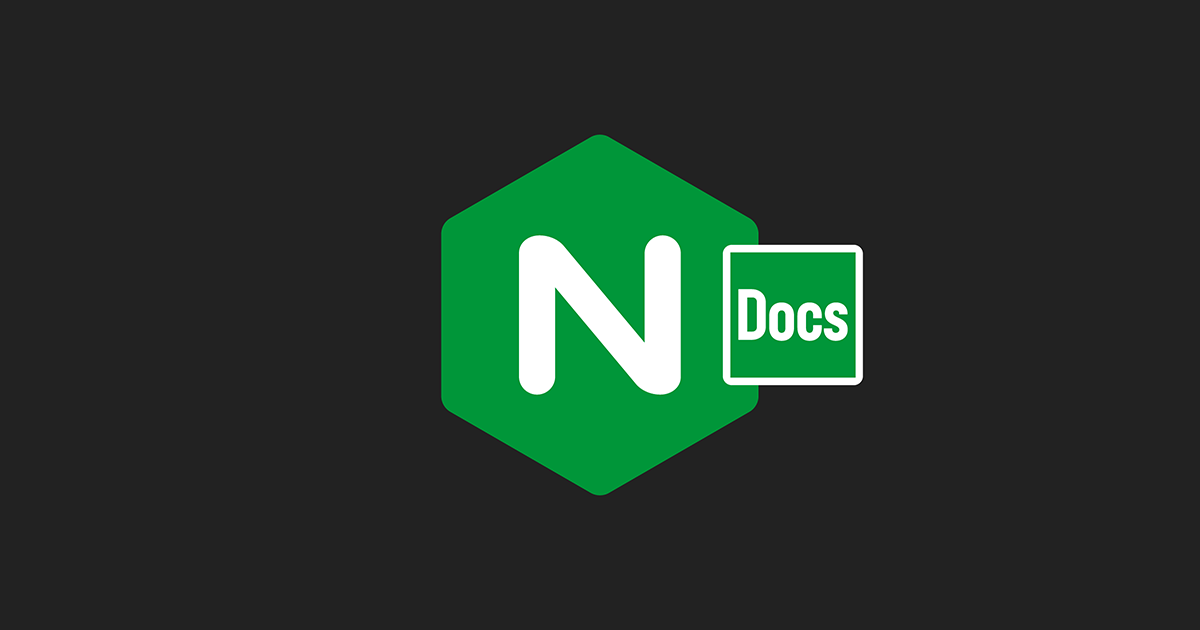Joomla! & Nginx
-
Tja, was soll ich sagen? Es war nicht ganz so einfach alle Informationen zusammen zu bekommen um Nginx vernünftig für Joomla! zu konfigurieren.
### Joomla! ### redirect http requests to non-www https server { listen 80; listen [::]:80; server_name frank-mankel.de www.frank-mankel.de; return 301 https://frank-mankel.de$request_uri; } ### https Joomla! ### redirect www requests to non-www server { listen 443 ssl http2; ssl_certificate /etc/letsencrypt/live/frank-mankel.de/fullchain.pem; ssl_certificate_key /etc/letsencrypt/live/frank-mankel.de/privkey.pem; server_name www.frank-mankel.de; return 301 https://frank-mankel.de$request_uri; } server { location /administrator { auth_basic "Restricted Area"; auth_basic_user_file /etc/nginx/.htpasswd; } ## Begin - Server Info listen 443 ssl http2; listen [::]:443 ssl http2; index index.html index.php; root /var/www/joomla; server_name frank-mankel.de www.frank-mankel.de; ## End - Server Info ## Start SSL ssl_certificate /etc/letsencrypt/live/frank-mankel.de/fullchain.pem; ssl_certificate_key /etc/letsencrypt/live/frank-mankel.de/privkey.pem; # enables all versions of TLS, but not SSLv2 or 3 which are weak and now deprecated. ssl_protocols TLSv1.2; # disables all weak ciphers ssl_ciphers ECDH+AESGCM:ECDH+CHACHA20:ECDH+AES256:ECDH+AES128:!aNULL:!SHA1; ssl_prefer_server_ciphers on; add_header Strict-Transport-Security "max-age=31536000; includeSubDomains; always"; ssl_stapling on; #ssl_trusted_certificate /pfad/bundle.ca.pem; ssl_stapling_verify on; ssl_dhparam /etc/nginx/dhparams.pem; ## End SSL ## Begin - Index # for subfolders, simply adjust: # `location /subfolder {` # and the rewrite to use `/subfolder/index.php` location / { try_files $uri $uri/ /index.php?$query_string; } ## End - Index ## Begin - Security # deny running scripts inside writable directories location ~* /(images|cache|media|logs|tmp)/.*\.(php|pl|py|jsp|asp|sh|cgi)$ { return 403; error_page 403 /403_error.html; } ## End - Security ## Start - Caching # caching of files location ~* \.(ico|pdf|flv)$ { expires 1y; } location ~* \.(js|css|png|jpg|jpeg|gif|swf|xml|txt)$ { expires 14d; } ## End - Caching ## Begin - PHP location ~ \.php$ { # Choose either a socket or TCP/IP address fastcgi_pass unix:/var/run/php/php7.2-fpm.sock; # fastcgi_pass unix:/var/run/php5-fpm.sock; #legacy # fastcgi_pass 127.0.0.1:9000; fastcgi_split_path_info ^(.+\.php)(/.+)$; fastcgi_index index.php; include fastcgi_params; fastcgi_param SCRIPT_FILENAME $document_root/$fastcgi_script_name; } ## End - PHP }Zwei Dinge.
SSL
Das SSL Zertifikat ist von Letsencrypt, es erreicht beim Test auf ssllabs,com A+

Joomla! Beispiel Konfig
Ich finde es sehr schade, das man darin nicht direkt angibt wie man das Administrator Verzeichnis mit einem Passwort schützt. Es wird immer wieder erwähnt wie wichtig das ist und dann fehlt so was. Schade.
Fazit
Läuft
 Wieder extrem viel gelernt. Sollte ein Nginx-Experte was sehen, was schlecht ist, ich freue mich immer über Verbesserungen! Viel Spaß beim Testen, wie immer auf eigenes Risiko!
Wieder extrem viel gelernt. Sollte ein Nginx-Experte was sehen, was schlecht ist, ich freue mich immer über Verbesserungen! Viel Spaß beim Testen, wie immer auf eigenes Risiko!Quellen

Restricting Access with HTTP Basic Authentication | NGINX Documentation
Control access using HTTP Basic authentication, and optionally in combination with IP address-based access control.
(docs.nginx.com)


